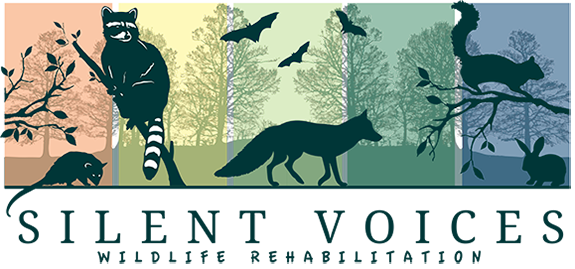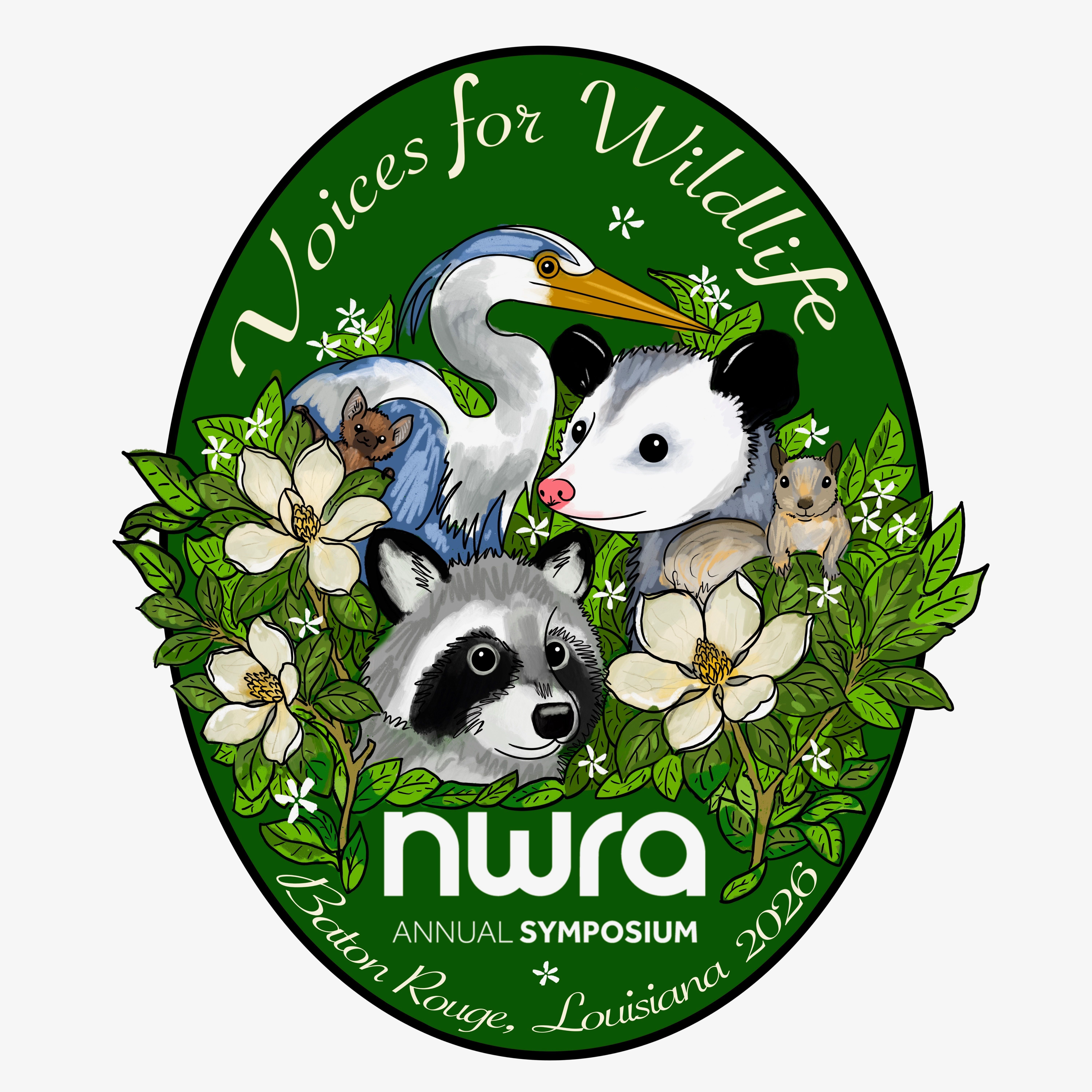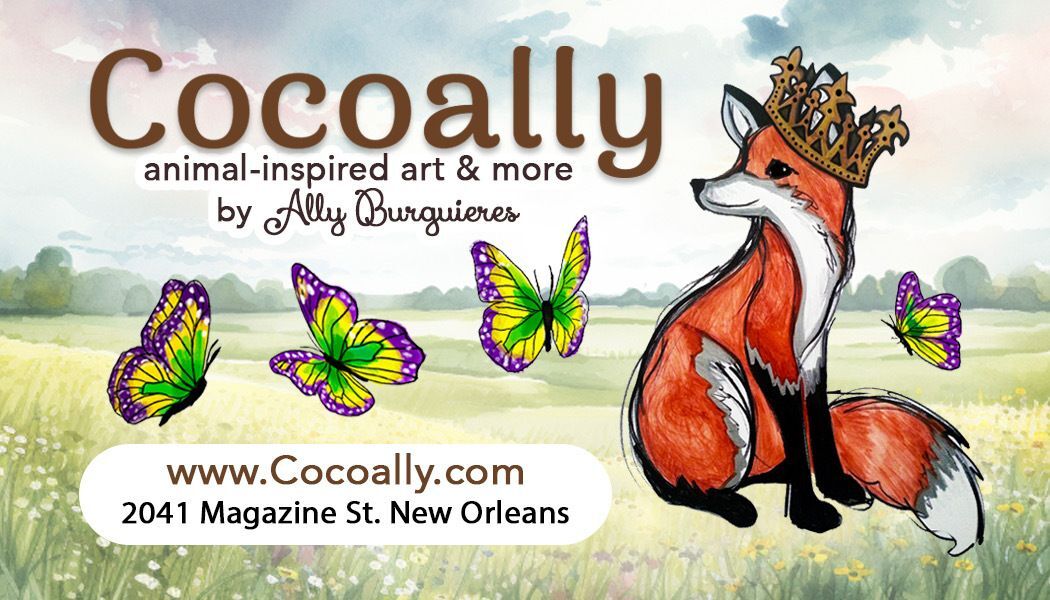
When it comes to caring for baby wild animals, one might be surprised by the high cost associated with their feeding. There are several reasons why feeding baby wild animals can be so expensive. Silent Voices does not receive any funding for formula or other expenses related to caring for wildlife other than generous donations. The average person has no idea how much wild animal formula costs... we spend several thousand a year on formula alone.
Lack of specialized formula
Unlike domesticated animals, baby wild animals often require specialized formula that closely mimics the composition of their mother's milk. This formula is specially formulated to provide the necessary nutrients for their growth and development. The production of such formulas involves extensive research and development, which drives up the cost.
Feeding frequency and quantity
Baby wild animals have high metabolic rates and require frequent and substantial feedings. This means that caregivers need to provide them with food multiple times a day, often in larger quantities than what would be required for domesticated animals. The increased frequency and quantity of feedings contribute to the overall cost of caring for these animals.
Specialized diets
Depending on the species, baby wild animals may have specific dietary requirements that are challenging to meet. Some animals require a diet consisting of live prey, which can be costly to obtain and maintain. Others may need a diet rich in certain vitamins and minerals, necessitating the use of expensive supplements or specialized food items.









